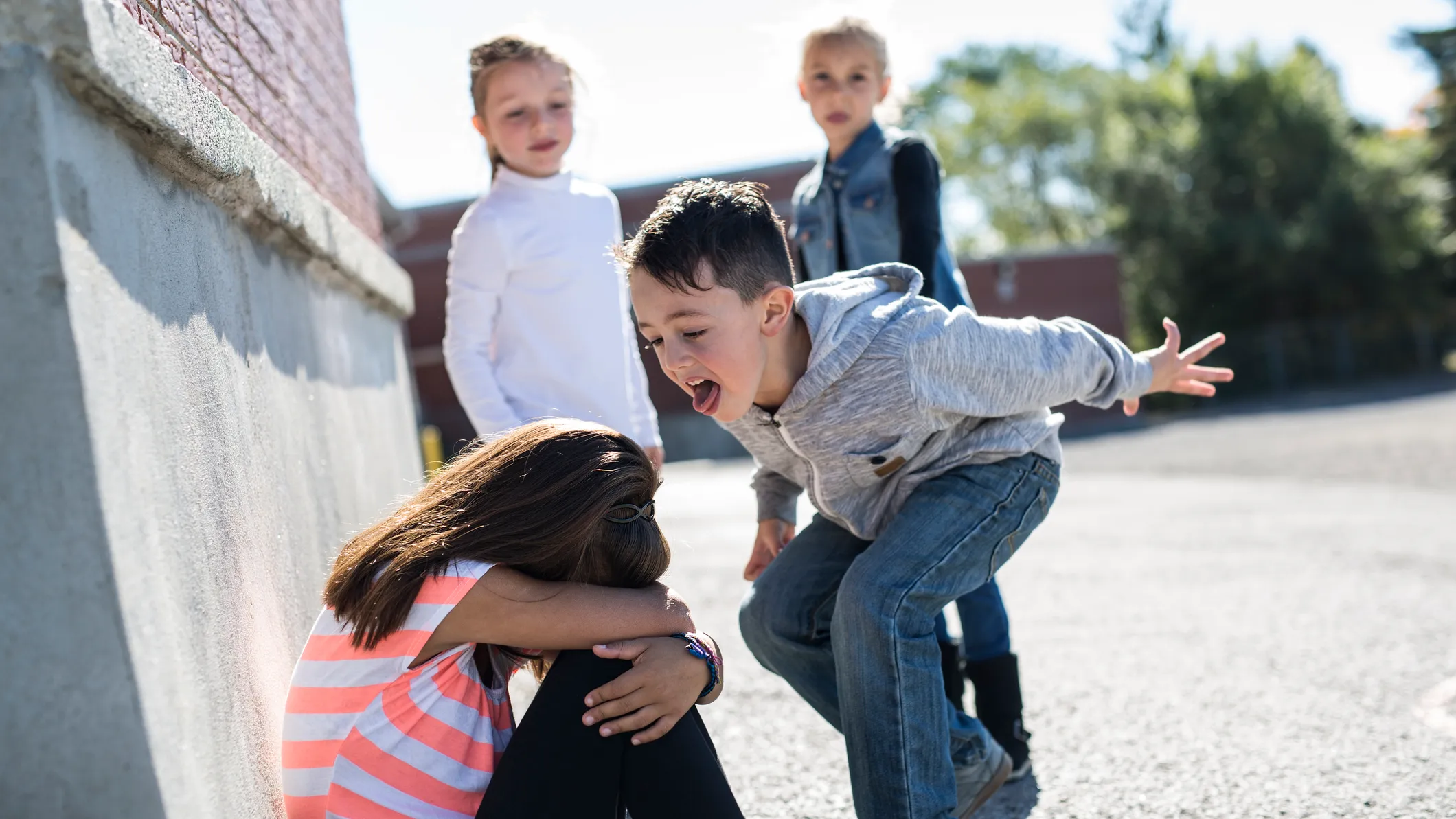By Darine Ammache, Clinical Psychologist
Bullying is not just a buzzword or a simple playground issue; it’s a pervasive and complicated problem that affects countless individuals across all walks of life. It’s a web of behaviors that can crush self-esteem, stifle potential, and leave deep emotional scars. To truly tackle this issue, we must dig deep to unearth its roots, peeling back the layers to understand the ‘why’ behind the ‘what.’
Understanding Bullying Behavior
Bullying can start for many reasons. Sometimes, kids who bully others pick up these habits from problems at home or because they don’t have good examples to follow. They might not understand how others feel, or they could be trying to fit in with their friends. Struggling at school or feeling left out can also lead some kids to bully. Watching too much violence on TV or in games might make them think it’s okay to be mean. Plus, some kids might naturally be more aggressive, which can lead them to bully others.
How Bullies Choose Their Victims?
Understanding how bullies choose their victims is crucial in preventing bullying. Common factors include:
- Perceived Vulnerability: Bullies often target those who appear physically or emotionally vulnerable.
- Difference or Uniqueness: Being different, whether in looks, interests, or background, can unfortunately make individuals targets.
- Lack of Social Support: Those without strong social networks are more susceptible to bullying.
- Non-Aggressive Behavior: Bullies may target those who are less likely to retaliate.
- Academic Performance: Jealousy or a desire to feel superior can lead bullies to target others based on their academic achievements.
- Appearance: Physical attributes, including weight, height, or fashion choices, can unfortunately be factors.
- Social Status: Lower social standing within a group can make individuals more vulnerable to bullying.
Is your Child Being Bullied?
Recognizing if your child is being bullied can be challenging, as many children do not openly communicate their struggles. However, there are signs and behavioral changes that may indicate your child is dealing with bullying:
- Changes in Mood: If your child seems unusually anxious, sad, or moody and these feelings seem to come on suddenly, it could be a sign of bullying.
- Physical Symptoms: Complaints of unexplained physical symptoms like headaches, stomachaches, or frequent visits to the school nurse can sometimes indicate stress from being bullied.
- Changes in Sleep: Difficulty sleeping or frequent nightmares may be a reaction to the stress of bullying.
- Altered Eating Habits: Look for significant changes in eating patterns, like skipping meals or binge eating. Kids might eat more when stressed or not eat because their stomach hurts.
- Declining Grades: If your child’s grades start to fall or they no longer show interest in schoolwork, this could be due to the emotional turmoil caused by bullying.
- Not Wanting to Go to School: A child who is being bullied often dreads facing their bully and may try to avoid going to school.
- Withdrawal from Friends and Activities: If your child starts to pull away from friends and activities that they once enjoyed, they might be trying to avoid a bully.
- Changes in Social Media Use: Bullying can also occur online. Pay attention to your child’s use of their devices. Are they being secretive, or have they stopped using them altogether?
Talking with your child often and making sure they feel loved and safe at home is so important. Let them know it’s okay to open up about their day, especially about school and friends.
If you think your child might be getting bullied, be gentle and kind when you bring it up. Tell them it’s never their fault and remind them you’re always there to help and give them a big hug when they need one.
Helping Your Child Avoid Bullying
Helping your child to not be a bullied or a bully starts with teaching kindness and understanding. It’s crucial to have regular chats with them. Listen to their concerns and what’s happening in their life. Through these talks, you can guide them on how to treat others with care and respect.
Always remind them about what kind of behavior is good and what’s not okay. By being a role model, showing kindness, and staying calm when you face your own problems, they’ll learn from you. It’s about setting the right example.
Teach them to recognize and deal with their emotions positively. This helps them handle tough situations without hurting others. Encourage your child to be friends with different kinds of people. This will teach them to value everyone’s uniqueness.
Keep an eye on their TV and internet habits. The media they consume can influence how they act with others. Show them how to solve disagreements with words, not fists or mean words.
In all of this, empathy, talking openly, and setting a good example are key. They help grow a home without bullying. When we really get the reasons behind bullying and work on empathy and bouncing back from challenges, we can help make a world that’s welcoming and kind for everyone.
